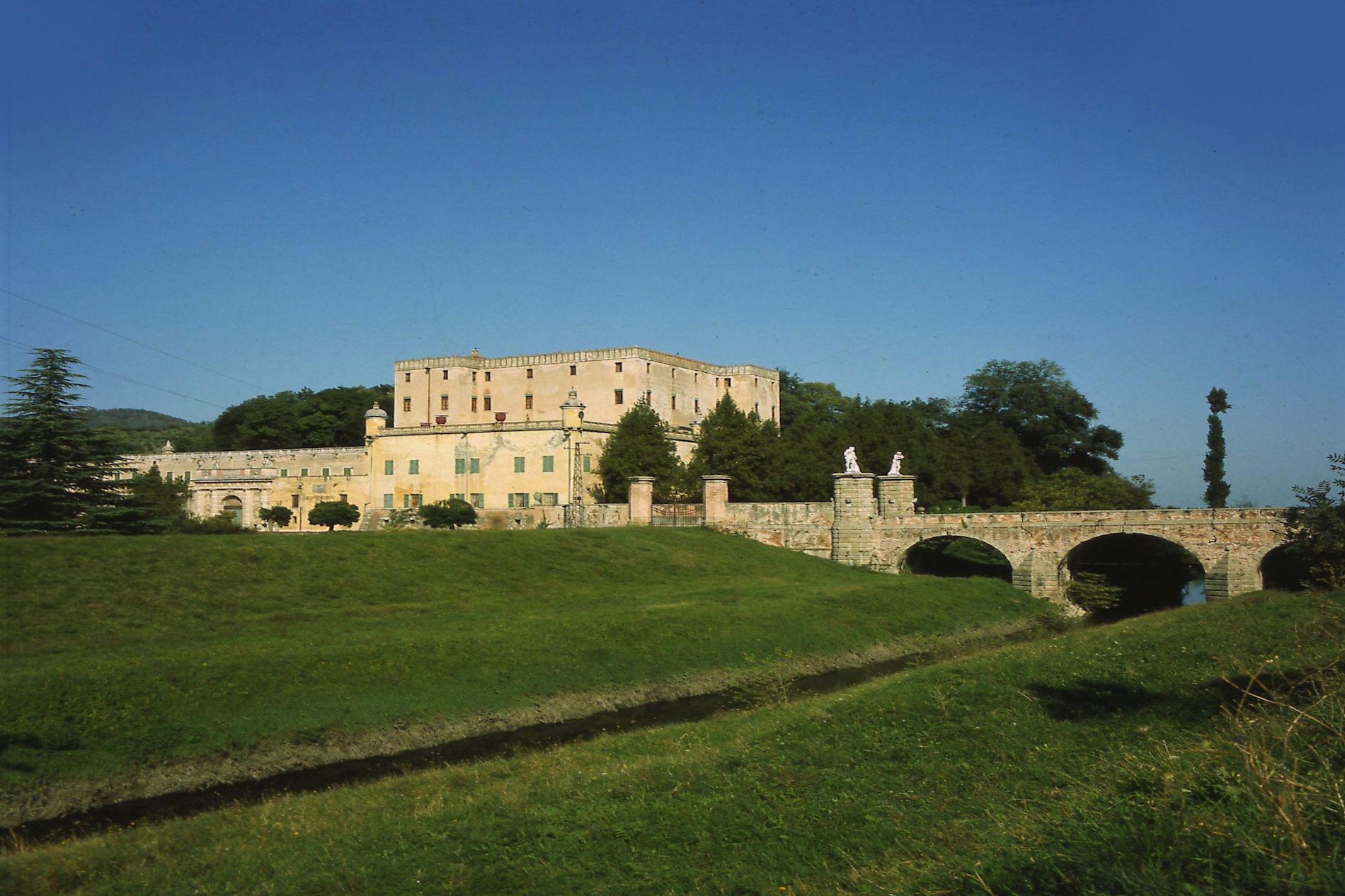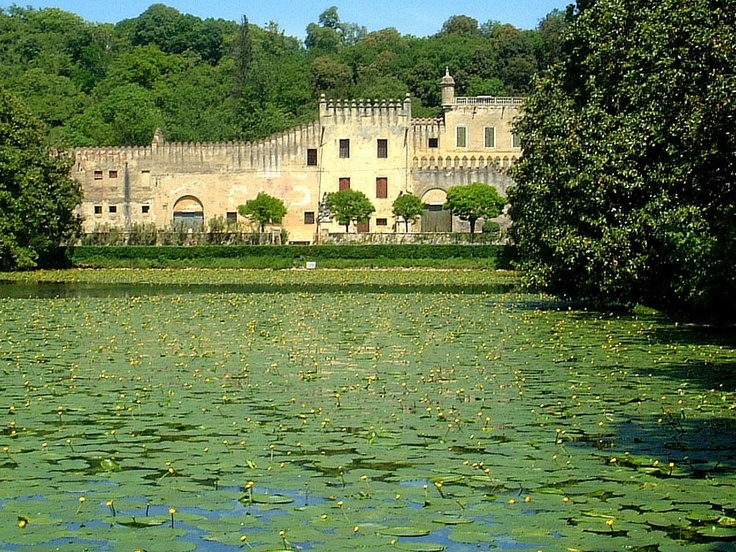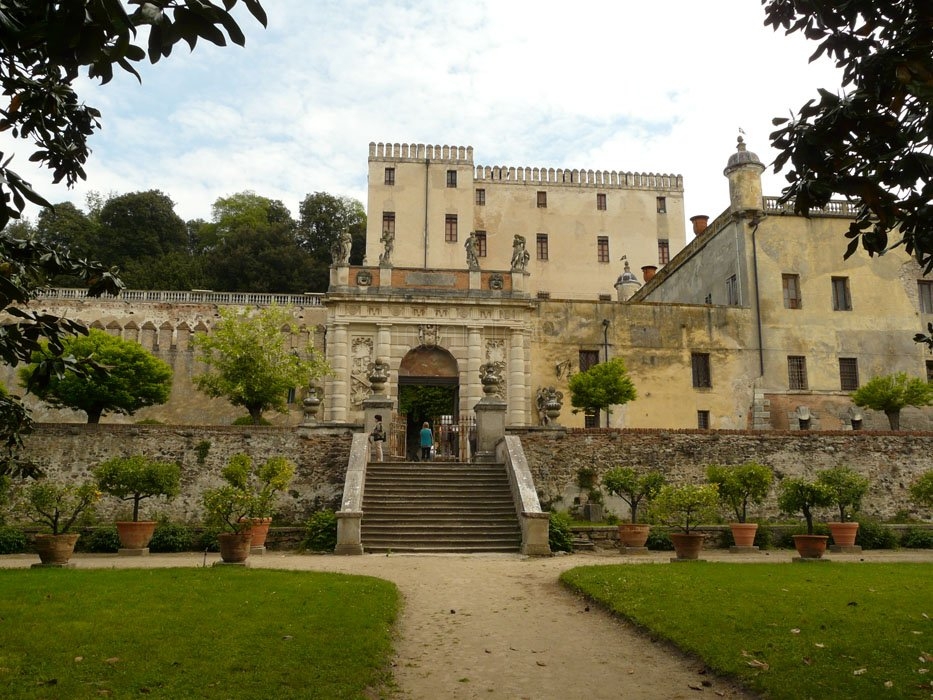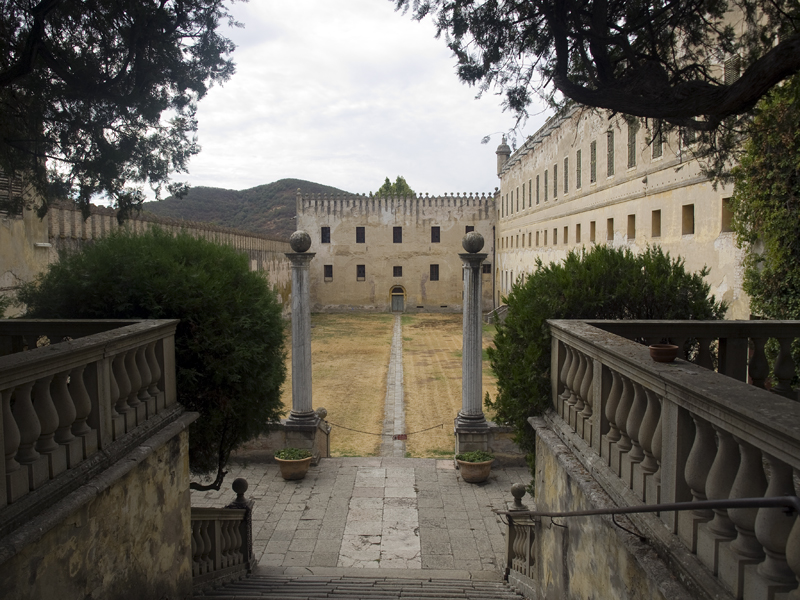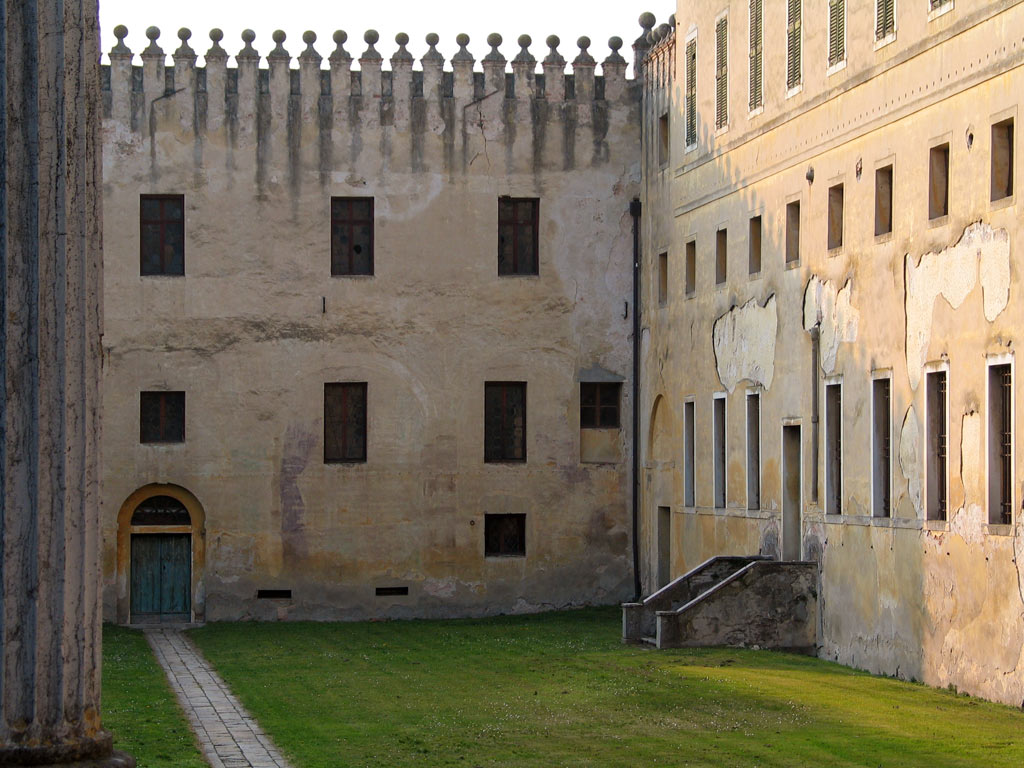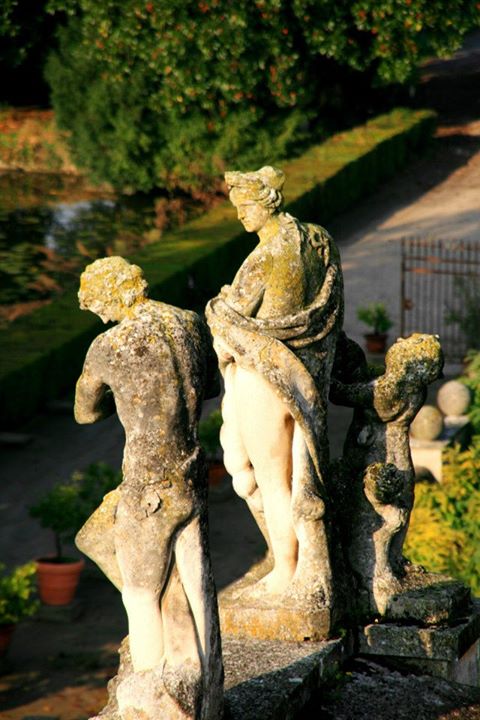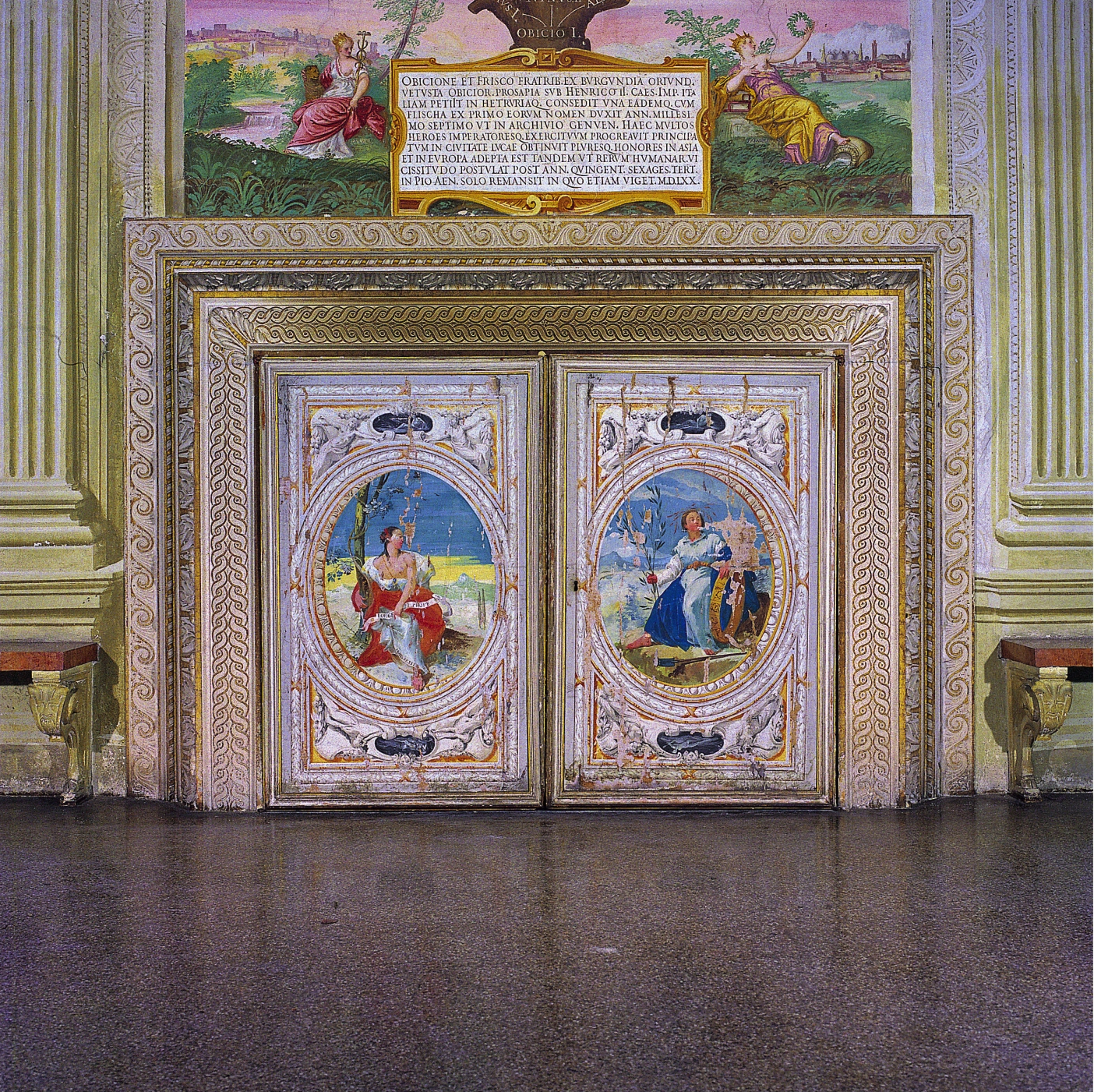
Catajo Castle
This post is also available in:
 Italiano (Italian)
Italiano (Italian)
Catajo Castle is a monumental building which looks like a stronghold and a Venetian noble villa, located in the municipality of Battaglia Terme, in the province of Padua. It was built in the XVI century by the Obizzis, a family of “soldiers of fortune” originally from Burgundy, France, who arrived in Italy in 1007 following Emperor Henry II.
The structure was enlarged by the same family between the XVII and the XVIII centuries, to be later transformed into a ducal palace by the Habsburg-Este family; it was eventually chosen as the imperial holiday residence of the Habsburgs, emperors of Austria.
THE CASTLE
The Castle can be divided into two structures, the Castel Vecchio, the building built in just three years between 1570 and 1573 on a pre-existing one, and the Castel Nuovo, the wing created higher up on the hill, dating back to the phase of expansion and enrichment – with works of art and precious collections – that went on until the early XIX century.
In the XVIII century, a monumental entrance gate was built, leading straight to “Cortile dei Giganti” (“Courtyard of the giants”); it was often used for theatrical performances, tournaments and the staging of naval battles as mass entertainment.
In front of the entrance, visitors can see the elephant fountain which, along with that of Bernini in Rome and that of the Parco dei Mostri in Bomarzo, is one of the few built in the same century in Italy. The peculiar external staircases were designed to be used by the Obizzis riding their horse to the very noble floor of the residence. On the other hand, the internal staircase was carved into the living rock of the hill.
From the main floor, visitors can reach the halls frescoed by Giovanni Battista Zelotti, one of the most loved and celebrated painters by the Venetian nobility. Forty panels, among the first and most important cycles of self-celebrating frescoes in Northern Italy, tell the story of the Obizzi family. The crusades, in which family members took part, marriages and murders are skillfully depicted, and on the ceiling, three allegories of different types of government are still visible.
THE GARDEN
The garden was built outside the perimeter of the residence. The courtyard was originally surrounded by walls with niches featuring the very giants who inspired the name of this particular area. A fishpond is still visible, namely an artificial basin with a geometrically defined shape underlined by a row of magnolias.
The abovementioned elephant fountain is enclosed within a structure surmounted by a terrace, symmetrical to the one behind the entrance portal, and a collection of potted citrus fruits.
To the north of the building there’s the “Deer Park”, built in the XVI century as a hunting reserve; today, it is just a nature reserve. To the east, there’s “Garden of Beatrice”, a small terraced patch of green, close to the canal. On the slopes of the hill, close to the Castel Nuovo, there’s “Garden of the Duchess”, with an arboreal presence made of centuries-old cypresses, crossed by a winding path. The garden features three of the most important trees in Italy: two gigantic magnolias (Magnolia grandiflora) from the XVIII century, and an imposing sequoia – one of the first specimens imported from America to Europe.
This post is also available in:
 Italiano (Italian)
Italiano (Italian)
Contatti
Via Catajo, 1 - Battaglia Terme(PD)
049 9100411
info@castellodelcatajo.it
http://www.castellodelcatajo.it
Altre info
Visita guidata al Castello e libero accesso al Parco delle Delizie: euro 8.00; gratuito per bambini 0-12
Aperto da marzo a novembre, nei giorni di domenica, martedì e festivi.
Mesi invernali 14:30-18:30; mesi estivi 15:00-19:00
